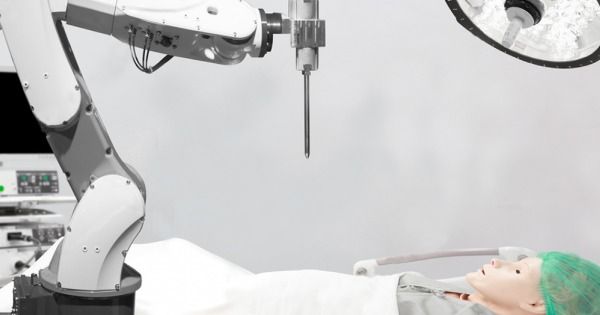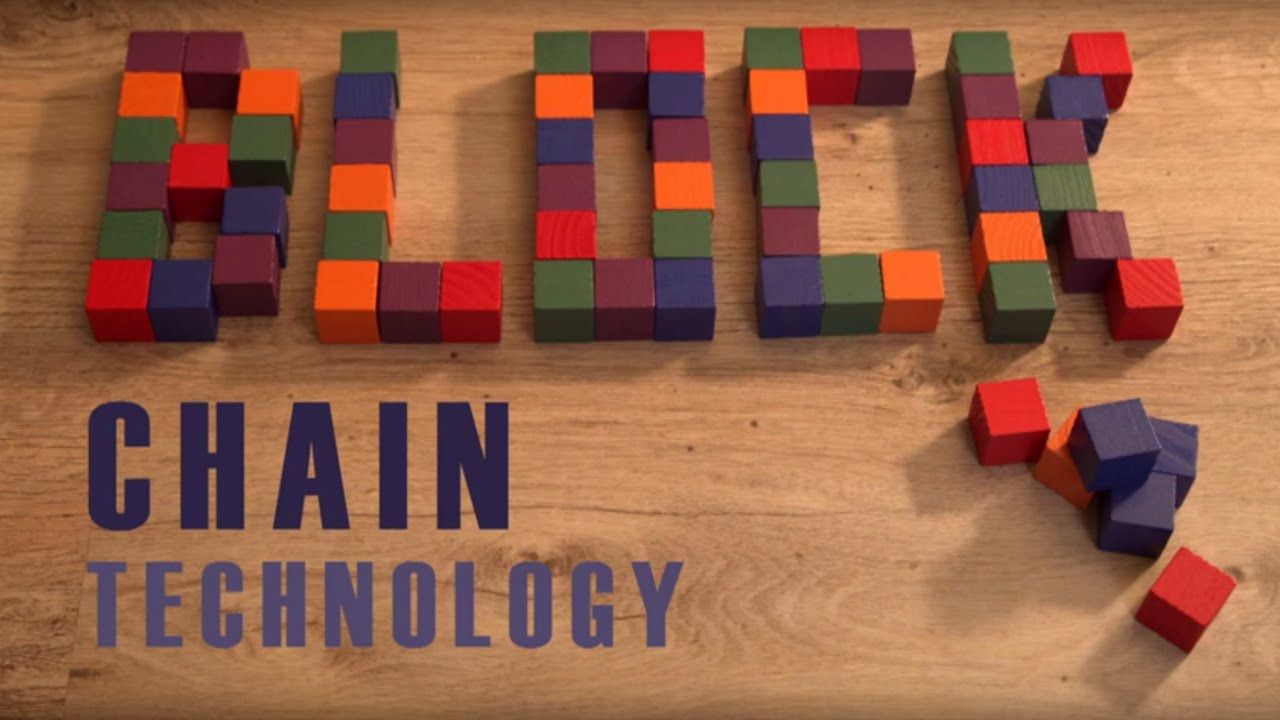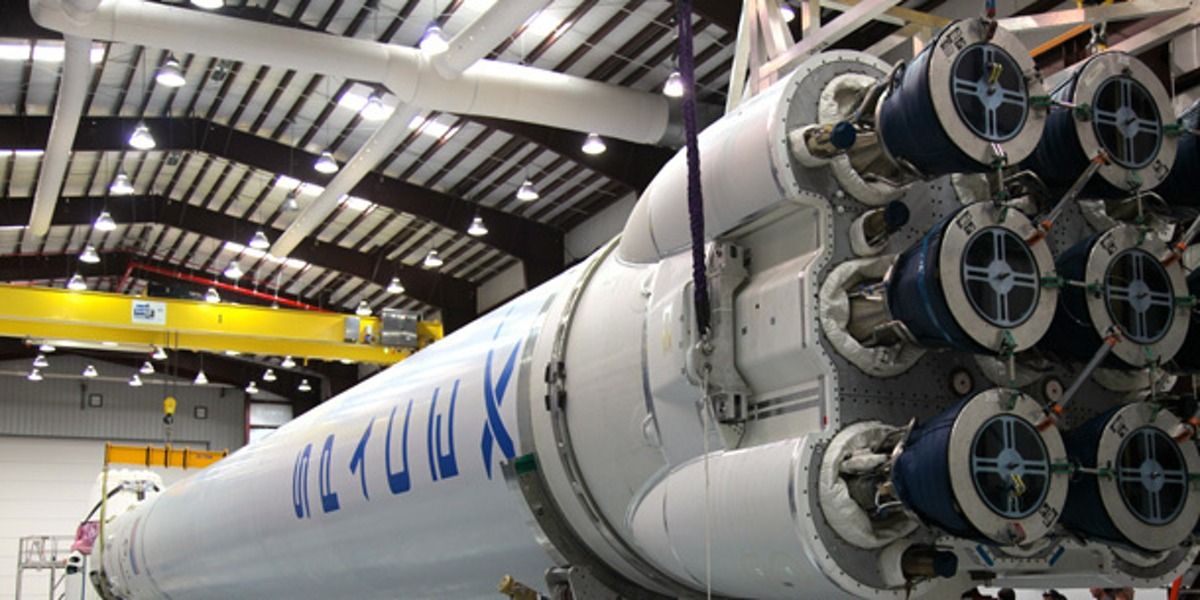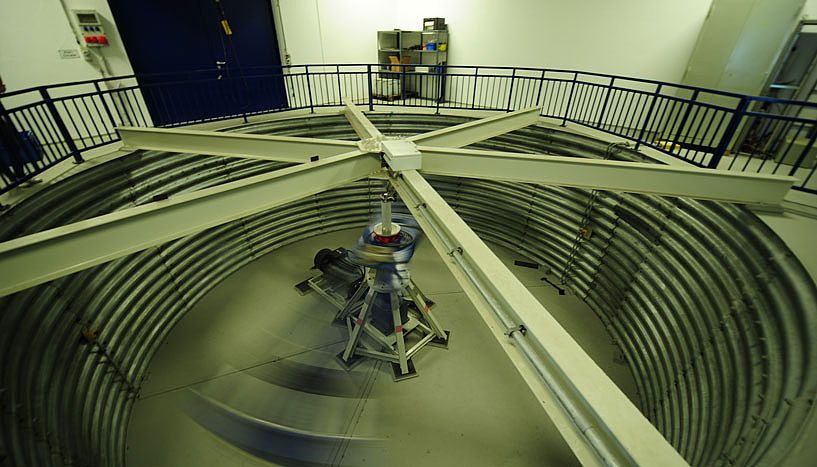A researcher in the U.K. has developed the world’s first synthetic, soft tissue retina. Because it doesn’t contain any hard materials, the device should be able to bypass many of the problems posed by current mechanical implants.
Germany has broken a new record for renewable energy, with low-carbon sources nearly obliterating coal and nuclear power last weekend.
At one point on the sunny and breezy Sunday, sustainable energy from wind, solar, biomass and hydro power provided a record 85 per cent of the country’s total energy.
Germany has been investing heavily in renewables, as part of the government’s Energiewende initiative to transition away from fossil fuels and nuclear power to a low carbon, environmentally sound, reliable, and affordable energy supply by 2050.
- The UN will be using the blockchain Ethereum to distribute funds from the World Food Program to more than 10,000 people in Jordan this summer.
- The computer network is making humanitarian giving simpler and more secure than ever.
Technology has the power to improve people’s lives — and not just by supplying flying cars to millionaires. The computer networks that brought us Bitcoins are advancing in ways that will make humanitarian giving simpler and more secure than ever.
Blockchain, which serves as the underlying infrastructure for Bitcoin, is form of cryptocurrency that has become increasingly popular and experienced all-time high values in the last few months. One blockchain developer, Ethereum, has seen an all-time high in value: in recent weeks it’s topped out trading at over $40 per share.
(Phys.org)—In the non-intuitive quantum domain, the phenomenon of counterfactuality is defined as the transfer of a quantum state from one site to another without any quantum or classical particle transmitted between them. Counterfactuality requires a quantum channel between sites, which means that there exists a tiny probability that a quantum particle will cross the channel—in that event, the run of the system is discarded and a new one begins. It works because of the wave-particle duality that is fundamental to particle physics: Particles can be described by wave function alone.
Well understood as a workable scheme by physicists, theoretical aspects of counterfactual communication have appeared in journals, but until recently, there have been no practical demonstrations of the phenomenon. Now, a collaborative of Chinese scientists has designed and experimentally tested a counterfactual communication system that successfully transferred a monochrome bitmap from one location to another using a nested version of the quantum Zeno effect. They have reported their results in the Proceedings of the National Academy of Sciences.
The quantum Zeno effect occurs when an unstable quantum system is subjected to a series of weak measurements. Unstable particles can never decay while they are being measured, and the system is effectively frozen with a very high probability. This is one of the implications of the well known but highly non-intuitive principle that looking at something changes it in the quantum realm.
Einstein’s “spooky action at a distance” persists even at high accelerations, researchers of the Austrian Academy of Sciences and the University of Vienna were able to show in a new experiment. A source of entangled photon pairs was exposed to massive stress: The photons’ entanglement survived the drop in a fall tower as well as 30 times the Earth’s gravitational acceleration in a centrifuge. This was reported in the most recent issue of Nature Communications. The experiment helps deepen our understanding of quantum mechanics and at the same time gives valuable results for quantum experiments in space.
Einstein’s theory of relativity and the theory of quantum mechanics are two important pillars of modern physics. On the way of achieving a “Theory of Everything,” these two theories have to be unified. This has not been achieved as of today, since phenomena of both theories can hardly be observed simultaneously. A typical example of a quantum mechanical phenomenon is entanglement: This means that the measurement of one of a pair of light particles, so-called photons, defines the state of the other particle immediately, regardless of their separation. High accelerations on the other hand can best be described by the theory of relativity. Now for the first time, quantum technologies enable us to observe these phenomena at once: The stability of quantum mechanical entanglement of photon pairs can be tested while the photons undergo relativistically relevant acceleration.









